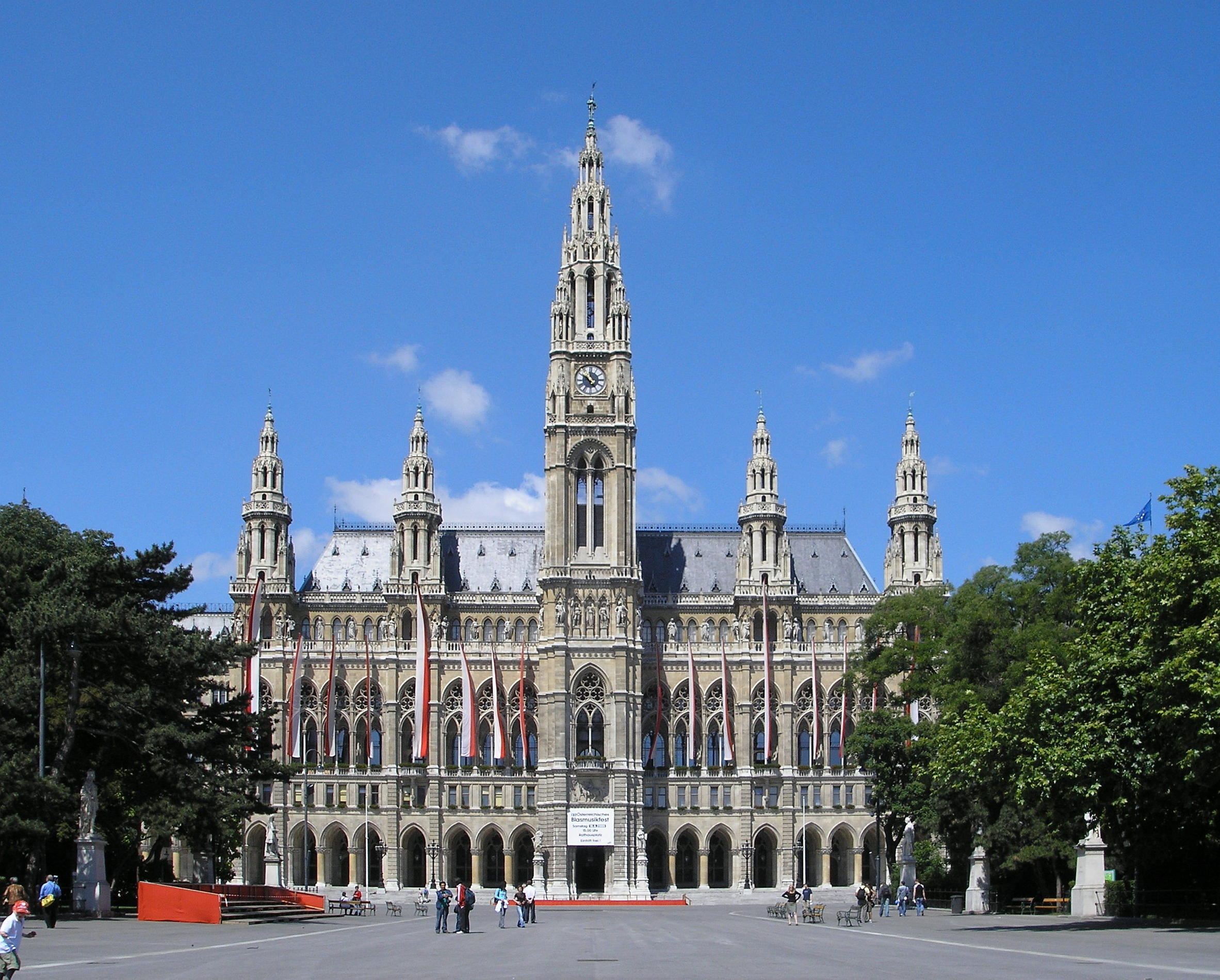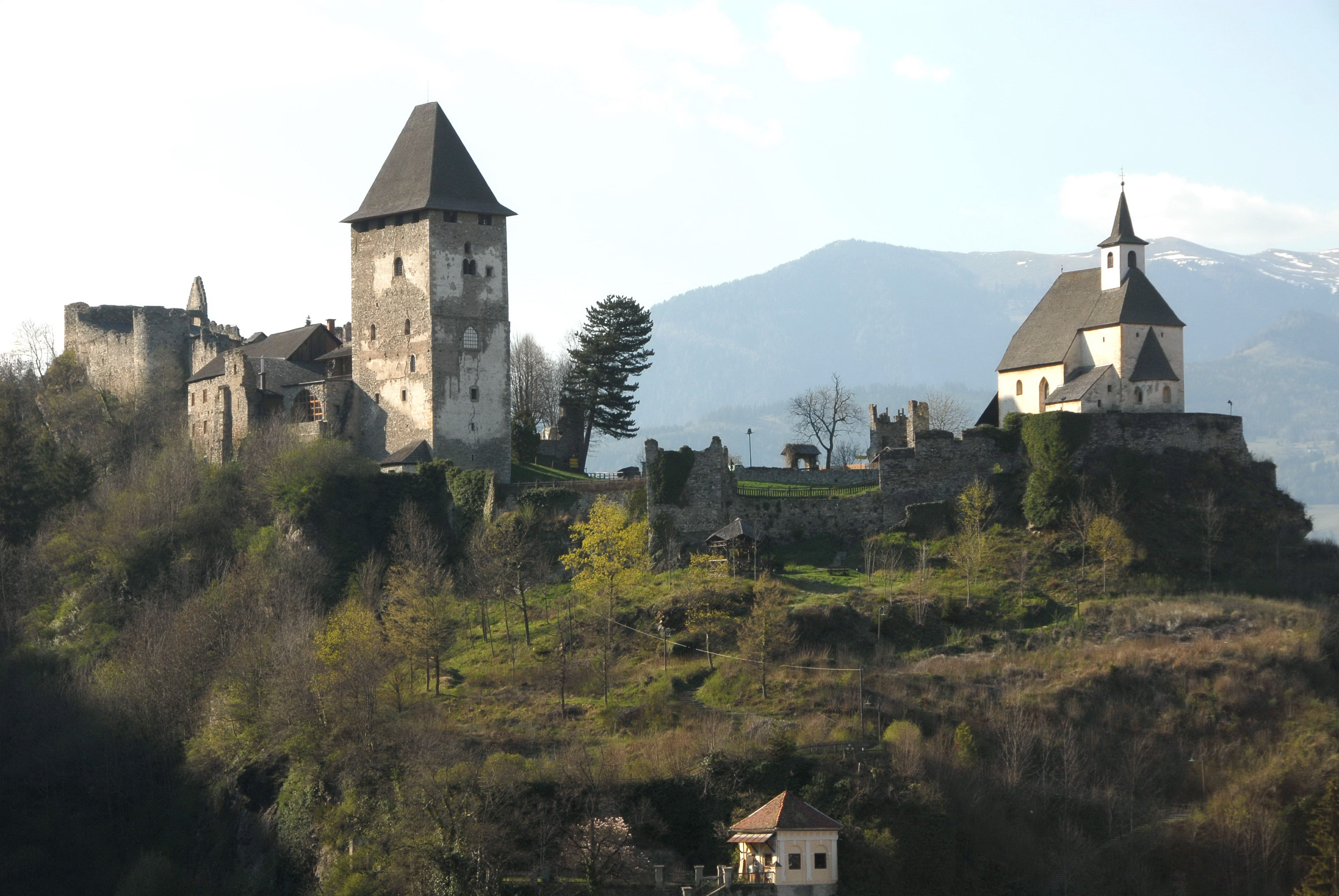|
Micheldorf
Micheldorf ( sl, Mihaelova vas) is a municipality in the district of Sankt Veit an der Glan in the Austrian state of Carinthia. History First mentioned in 1074 deed, it consists of the '' Katastralgemeinden'' Micheldorf and Lorenzenberg, which from 1973 until a 1992 referendum belonged to the neighbouring town of Friesach. Micheldorf also includes the village of Hirt, home of the Hirt brewery. Twin towns * Micheldorf in Oberösterreich, Austria since 2002 * Villesse, Italy Italy ( it, Italia ), officially the Italian Republic, ) or the Republic of Italy, is a country in Southern Europe. It is located in the middle of the Mediterranean Sea, and its territory largely coincides with the homonymous geographical ... since 2003 References Cities and towns in Sankt Veit an der Glan District {{Carinthia-geo-stub ... [...More Info...] [...Related Items...] OR: [Wikipedia] [Google] [Baidu] |
Micheldorf In Oberösterreich
Micheldorf in Oberösterreich is a municipality in the district of Kirchdorf an der Krems in the Austrian state of Upper Austria Upper Austria (german: Oberösterreich ; bar, Obaöstareich) is one of the nine states or of Austria. Its capital is Linz. Upper Austria borders Germany and the Czech Republic, as well as the other Austrian states of Lower Austria, Styria, an .... Population History The municipality bears the coat of arms of its former lords, the Jörger von Tollet family. References Cities and towns in Kirchdorf an der Krems District {{UpperAustria-geo-stub ... [...More Info...] [...Related Items...] OR: [Wikipedia] [Google] [Baidu] |
Sankt Veit An Der Glan (district)
The District of Sankt Veit an der Glan is an administrative district in Carinthia, Austria. Communities The district is divided into 20 municipalities, of which 4 are towns and 9 are market towns. Towns * Althofen ( Slov.: ''Stari Dvor'')(4,732) **Aich, Althofen, Eberdorf, Epritz, Krumfelden, Muraniberg, Rabenstein, Rain, Töscheldorf, Treibach *Friesach ( Slov.: ''Breže'')(5,462) **Dobritsch, Dobritsch, Dörfl, Engelsdorf, Friesach, Gaisberg, Grafendorf, Guldendorf, Gundersdorf, Gunzenberg, Gwerz, Harold, Hartmannsdorf, Hundsdorf, Ingolsthal, Judendorf, Kräuping, Leimersberg, Mayerhofen, Moserwinkl, Oberdorf I, Oberdorf II, Olsa, Pabenberg, Reisenberg, Roßbach, Sattelbogen, Schratzbach, Schwall, Silbermann, St. Johann, St. Salvator, St. Stefan, Staudachhof, Stegsdorf, Timrian, Wagendorf, Wels, Wiegen, Wiesen, Zeltschach, Zeltschachberg, Zienitzen, Zmuck *Sankt Veit an der Glan ( Slov.: ''Šentvid ob Glini'')(12,839) **Affelsdorf, Aich, Altglandorf, Arndorf, Baardorf, Baiersdo ... [...More Info...] [...Related Items...] OR: [Wikipedia] [Google] [Baidu] |
Carinthia
Carinthia (german: Kärnten ; sl, Koroška ) is the southernmost Austrian state, in the Eastern Alps, and is noted for its mountains and lakes. The main language is German. Its regional dialects belong to the Southern Bavarian group. Carinthian Slovene dialects, forms of a South Slavic language that predominated in the southeastern part of the region up to the first half of the 20th century, are now spoken by a small minority in the area. Carinthia's main industries are tourism, electronics, engineering, forestry, and agriculture. Name The etymology of the name "Carinthia", similar to Carnia or Carniola, has not been conclusively established. The ''Ravenna Cosmography'' (about AD 700) referred to a Slavic "Carantani" tribe as the eastern neighbours of the Bavarians. In his ''History of the Lombards'', the 8th-century chronicler Paul the Deacon mentions "Slavs in Carnuntum, which is erroneously called Carantanum" (''Carnuntum, quod corrupte vocitant Carantanum'' ... [...More Info...] [...Related Items...] OR: [Wikipedia] [Google] [Baidu] |
Carinthia (state)
Carinthia (german: Kärnten ; sl, Koroška ) is the southernmost Austrian state, in the Eastern Alps, and is noted for its mountains and lakes. The main language is German. Its regional dialects belong to the Southern Bavarian group. Carinthian Slovene dialects, forms of a South Slavic language that predominated in the southeastern part of the region up to the first half of the 20th century, are now spoken by a small minority in the area. Carinthia's main industries are tourism, electronics, engineering, forestry, and agriculture. Name The etymology of the name "Carinthia", similar to Carnia or Carniola, has not been conclusively established. The '' Ravenna Cosmography'' (about AD 700) referred to a Slavic "Carantani" tribe as the eastern neighbours of the Bavarians. In his ''History of the Lombards'', the 8th-century chronicler Paul the Deacon mentions "Slavs in Carnuntum, which is erroneously called Carantanum" (''Carnuntum, quod corrupte vocitant Carantanu ... [...More Info...] [...Related Items...] OR: [Wikipedia] [Google] [Baidu] |
Municipality (Austria)
In the Republic of Austria, the municipality ( de , Gemeinde, sometimes also ) is the administrative division encompassing a single village, town, or city. The municipality has corporate status and local self-government on the basis of parliamentary-style representative democracy: a municipal council () elected through a form of party-list system enacts municipal laws, a municipal executive board () and a mayor (, fem. ) appointed by the council are in charge of municipal administration. Austria is currently (January 1, 2020) partitioned into 2,095 municipalities, ranging in population from about fifty (the village of Gramais in Tyrol) to almost two million (the city of Vienna). There is no unincorporated territory in Austria. Basics The existence of municipalities and their role as carriers of the right to self-administration are guaranteed by the Austrian constitution ( B-VG Art. 116 (1)). The constitution means for municipalities to be autonomous () in any matter that a ... [...More Info...] [...Related Items...] OR: [Wikipedia] [Google] [Baidu] |
Villesse
Villesse ( fur, Vilès) is a ''comune'' (municipality) in the Province of Gorizia in the Italian region Friuli-Venezia Giulia, located about northwest of Trieste and about southwest of Gorizia. As of 31 December 2004, it had a population of 1,560 and an area of .All demographics and other statistics: Italian statistical institute Istat. Villesse borders the following municipalities: Campolongo al Torre, Fogliano Redipuglia, Gradisca d'Isonzo, Romans d'Isonzo, Ruda, San Pier d'Isonzo, Tapogliano Tapogliano ( sl, Tapoljan), is a locality and former ''comune'' (municipality) in the Province of Udine in the Italian region Friuli-Venezia Giulia, located about 40 km northwest of Trieste and about 25 km southeast of Udine. As of 31 D .... Demographic evolution Colors= id:lightgrey value:gray(0.9) id:darkgrey value:gray(0.8) id:sfondo value:rgb(1,1,1) id:barra value:rgb(0.6,0.7,0.8) ImageSize = width:455 height:303 PlotArea = left:50 bottom:50 top:30 right ... [...More Info...] [...Related Items...] OR: [Wikipedia] [Google] [Baidu] |
Brewery
A brewery or brewing company is a business that makes and sells beer. The place at which beer is commercially made is either called a brewery or a beerhouse, where distinct sets of brewing equipment are called plant. The commercial brewing of beer has taken place since at least 2500 BC; in ancient Mesopotamia, brewers derived social sanction and divine protection from the goddess Ninkasi. Brewing was initially a cottage industry, with production taking place at home; by the ninth century, monasteries and farms would produce beer on a larger scale, selling the excess; and by the eleventh and twelfth centuries larger, dedicated breweries with eight to ten workers were being built. The diversity of size in breweries is matched by the diversity of processes, degrees of automation, and kinds of beer produced in breweries. A brewery is typically divided into distinct sections, with each section reserved for one part of the brewing process. History Beer may have been known in N ... [...More Info...] [...Related Items...] OR: [Wikipedia] [Google] [Baidu] |
Friesach
Friesach ( sl, Breže) is a historic town in the Sankt Veit an der Glan (district), Sankt Veit an der Glan district of Carinthia (state), Carinthia, Austria. First mentioned in an 860 deed, it is known as the oldest town in Carinthia. Geography Location Friesach covers an area of 120.83 km2 and its mean elevation is 631 meters above sea level. It is located in northern Carinthia near the border with Styria, about north of its capital Klagenfurt. Municipal arrangement Friesach is divided into the following ''Katastralgemeinden'': Friesach, St. Salvator and Zeltschach. It can be further divided into Friesach proper and the villages and hamlets of Dobritsch, Dörfl, Engelsdorf, Gaisberg, Grafendorf, Guldendorf, Gundersdorf, Gunzenberg, Gwerz, Harold, Hartmannsdorf, Hundsdorf, Ingolsthal, Judendorf, Kräuping, Leimersberg, Mayerhofen, Moserwinkl, Oberdorf I, Oberdorf II, Olsa, Pabenberg, Reisenberg, Roßbach, Sattelbogen, Schratzbach, Schwall, Silbermann, St. Johann, St. ... [...More Info...] [...Related Items...] OR: [Wikipedia] [Google] [Baidu] |
Town
A town is a human settlement. Towns are generally larger than villages and smaller than cities, though the criteria to distinguish between them vary considerably in different parts of the world. Origin and use The word "town" shares an origin with the German word , the Dutch word , and the Old Norse . The original Proto-Germanic word, *''tūnan'', is thought to be an early borrowing from Proto-Celtic *''dūnom'' (cf. Old Irish , Welsh ). The original sense of the word in both Germanic and Celtic was that of a fortress or an enclosure. Cognates of ''town'' in many modern Germanic languages designate a fence or a hedge. In English and Dutch, the meaning of the word took on the sense of the space which these fences enclosed, and through which a track must run. In England, a town was a small community that could not afford or was not allowed to build walls or other larger fortifications, and built a palisade or stockade instead. In the Netherlands, this space was a garden, ... [...More Info...] [...Related Items...] OR: [Wikipedia] [Google] [Baidu] |
Referendum
A referendum (plural: referendums or less commonly referenda) is a direct vote by the electorate on a proposal, law, or political issue. This is in contrast to an issue being voted on by a representative. This may result in the adoption of a new policy or specific law, or the referendum may be only advisory. In some countries, it is synonymous with or commonly known by other names including plebiscite, votation, popular consultation, ballot question, ballot measure, or proposition. Some definitions of 'plebiscite' suggest it is a type of vote to change the constitution or government of a country. The word, 'referendum' is often a catchall, used for both legislative referrals and initiatives. Etymology 'Referendum' is the gerundive form of the Latin verb , literally "to carry back" (from the verb , "to bear, bring, carry" plus the inseparable prefix , here meaning "back"Marchant & Charles, Cassell's Latin Dictionary, 1928, p. 469.). As a gerundive is an adjective,A gerundi ... [...More Info...] [...Related Items...] OR: [Wikipedia] [Google] [Baidu] |
List Of Postal Codes In Austria
Postal codes in Austria were introduced in 1966 and consist of four digits. System The first indicates the state: * 1xxx: Vienna * 2xxx: Lower Austria (east of Vienna) * 3xxx: Lower Austria (west of Vienna) * 4xxx: Upper Austria * 5xxx: Salzburg and west Upper Austria * 6xxx: Tyrol and Vorarlberg (without East Tyrol) * 7xxx: Burgenland * 8xxx: Styria * 9xxx: Carinthia and East Tyrol The second number indicates the regional area in the state, the third number is for the routing allocation, following railways and post car routes and the fourth number indicates the post office. Every post office has its own number. There are some exceptions to this rule: In Vienna, the second and third numbers show the district, so 1120 would be the twelfth district. Also, some cities close to the German border in Vorarlberg have Austrian and German postcodes. There are also some special post codes: the airport has its own post code (1300), the UN (1400) and some big companies also have ... [...More Info...] [...Related Items...] OR: [Wikipedia] [Google] [Baidu] |



.jpg)
